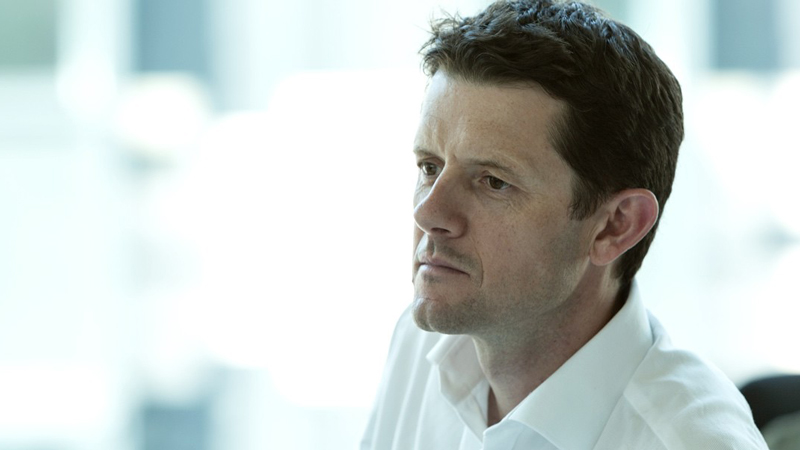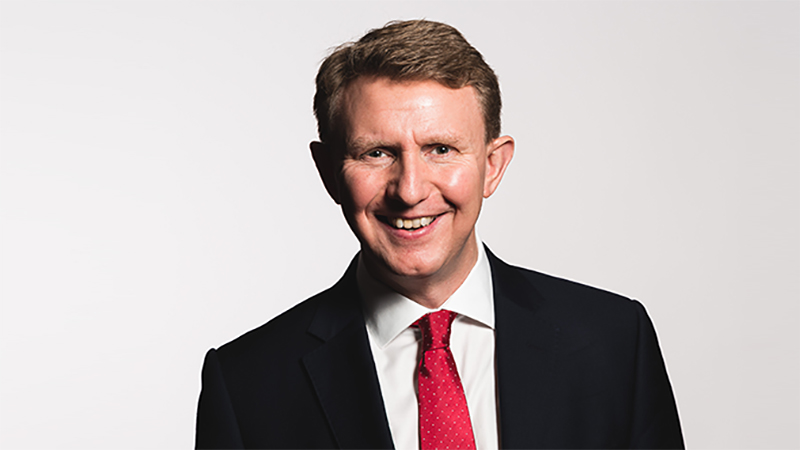It has now been a whole decade since the BoE deemed it necessary to increase the interest rate. On 5 July 2007 the bank bumped it up to 5.75% which compared to today’s 0.25%, is almost inconceivable were it not true.
Since then, we’ve had a financial crisis and subsequent global recession, the intervention of QE from central banks, interest on cash savings reduced to next to nothing, a continuing bull run in equities and bonds, and more recently, a confusing and volatile geopolitical situation which has sent markets doolally.
Investors have therefore had much to think about when it comes to managing money, from those searching for opportunities for client portfolios through to the man on the street with cash in the bank, for whom it has been a decade of falling returns.
Indeed, the low rate of interest has been bittersweet for the UK economy.
As Hargreaves Lansdown has observed, £1,000 stashed in a typical instant access account in July 2007 would now be worth £1,107. But after factoring in inflation, which has risen 26% over the period, the real value would today be just £878. By comparison, the same £1,000 investment in the UK stock market in July 2007 would now be worth £1,666, or £1,323 after adjusting for inflation.
Elsewhere though, borrowers have benefitted from falling rates, particularly when it comes to mortgages; the typical rate on mortgages has dropped from 5.8% in July 2007 to 2.6% today. This has buoyed household incomes and the housing market in the post-crisis environment.
But the consequence of this has been an elevated level of household debt. In fact, in absolute terms the level of UK consumer debt is actually higher now than on the eve of the financial crisis. The amount racked up on credit cards, overdrafts and loans is currently around £199bn, compared with £191bn in July 2007.
As central banks in the UK and Europe look close to rising rates in the not too distant future, the bank finds itself with a dilemma.
As Laith Khalaf, senior analyst at Hargreaves Lansdown, says: “Raising rates will help to wean investors off borrowing, however it will also make the large existing stock of debt more expensive, which will eat into monthly budgets, putting downward pressure on spending and weighing on economic growth.”
For GAM investment director Charles Hepworth, the ultra loose low rate environment should have only been a temporary phenomenon and now the BoE finds itself frozen, hamstringed by this polarisation of savers and borrowers.
He notes with interest rates suppressed for so long, borrowers have benefitted at one end while savers have suffered and had to move up the risk curve at the other.
“Neither part of this dynamic has had to deal with another financial shock yet, but as they take increasingly extreme positions on the economic seesaw the fulcrum point comes under ever more stress.”
He adds: “It is clear that we are not operating in a normal interest rate cycle anymore and this must change, if only to avoid the dangers of another central bank induced financial shock.
“After all, when the next crisis comes, and there will be one, they have little firepower with rates where they are now.”











